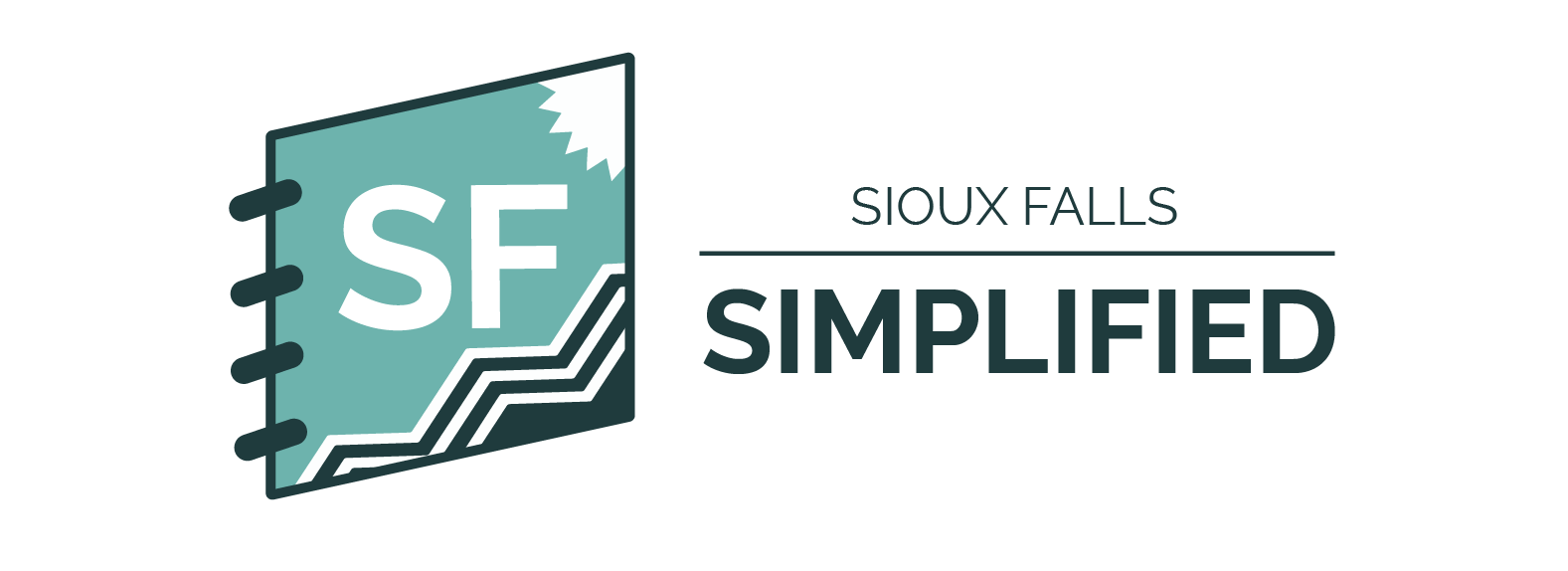Editor's note: This story is part of a series of stories leading up to the April 12 election. Follow the "2022 City Election" tag for more.
Simplified: Mayoral candidates Paul TenHaken, Taneeza Islam and David Zokaites discuss how they would approach issues related to growth, workforce and housing.
Sioux Falls Simplified asked all three candidates the same questions in these subject areas. Here are their answers. (Candidates are listed in ballot order.)
Let's talk growth
Question: It’s no secret Sioux Falls is growing–as that growth continues to occur, what are your priorities, and how do you want to see the city balance outward growth with upward growth?
Paul TenHaken
TenHaken noted the historic growth and also the historic investments his first term brought in terms of wastewater and roads to help keep up with that growth.
"Right now, it's very important to have what I call manageable growth strategies that deal with this record growth, but also ensure we aren't sacrificing the quality of life," he said.
TenHaken also said the city should be asking if it can do more to incentivize denser development and incentivize housing projects in the city's core.
Taneeza Islam
Islam said several city ordinances and licensing procedures need to be looked at to help the city build up and increase density.
As growth happens, she added, the city needs to be staffed to ensure that the people living here can get the services they expect from their city, from human relations to licensing to code enforcement to public transit to addressing food deserts.
"The city has to be involved in these essential services," she said. "Growth is not just about building."
David Zokaites
Zokaites said the city planning department has been doing a good job of keeping up with the growth, but he wants to see the city do more about gentrification and promoting affordable housing.
"Urban sprawl isn’t really a great thing, but it's kinda the default development in town," he said.
He also noted a "deficiency" in planning for new large, regional parks, as well as bike trail overpasses and underpasses where people can ride without hitting stop signs.
Let's talk workforce
Question: What role should the city play in addressing the workforce needs in Sioux Falls? And what about within the city itself?
Paul TenHaken
TenHaken noted the importance of quality of life and creating a well-rounded community.
"One of the biggest roles we play as a city is creating a city where people want to live and work," he said.
He also noted the city's continued investments with community partners like the Sioux Falls Development Foundation and Southeast Technical College.
Taneeza Islam
Islam noted the importance of managed, smart growth. She said the city should be thinking about how much the city can handle when recruiting big businesses to come and really understanding current shortages and who's impacted.
"A voice that's completely left out of this conversation is nonprofits who are essentially providing all of the essential services in our community right now," Islam said.
She also noted the workforce within city government itself is stabilized by several long-tenured department heads steering the ship.
David Zokaites
Zokaites said he doesn't know that the city government has a labor shortage, though he noted his disapproval of a recent measure to give city employees one-time raises, calling it an effort on the part of TenHaken and sitting councilors to "buy votes."
"I think we should also try to shift growth from low-income industries to more high-income industries," he said.
And he added that more diversified growth would lead to fewer problems with growing the workforce.
Let's talk housing
Question: Sioux Falls needs more housing at all income levels, but the issue is especially apparent for folks who make the least in our community ($15/hour or less)--As mayor, what steps would you take to ensure the housing crisis doesn’t continue to worsen?
Paul TenHaken
TenHaken noted that many market factors are "above the pay grade of a mayor," but he shared examples of some innovative solutions like the Veterans Community Project and a city effort to relocate houses near 14th Street and Sneve Avenue.
He also noted the housing fund established in his first term, which will be used to help developers acquire land or offset costs.
Taneeza Islam
The first thing Islam said she'd do is get clear definitions of the various levels of housing and what the city is investing at each level.
"At the end of the day, we need more money to build," Islam said, adding that the city should be asking the large businesses that come here to invest in Sioux Falls and their future workforce when it comes to housing.
She also wants to see the city develop a sustainable housing relief fund that doesn't depend on money from the state or federal government.
David Zokaites
Zokaites noted the broader societal problems of income inequality. He also noted that houses have gotten bigger over time. He'd like to see some type of quota system that requires builders to make a certain number of smaller houses for the big houses they're building.
He also wants to look at any zoning regulations that might prohibit affordable housing development.
"You can squeeze a bunch of teeny houses together with very little space between them and have a communal back yard," he said, as an example.

